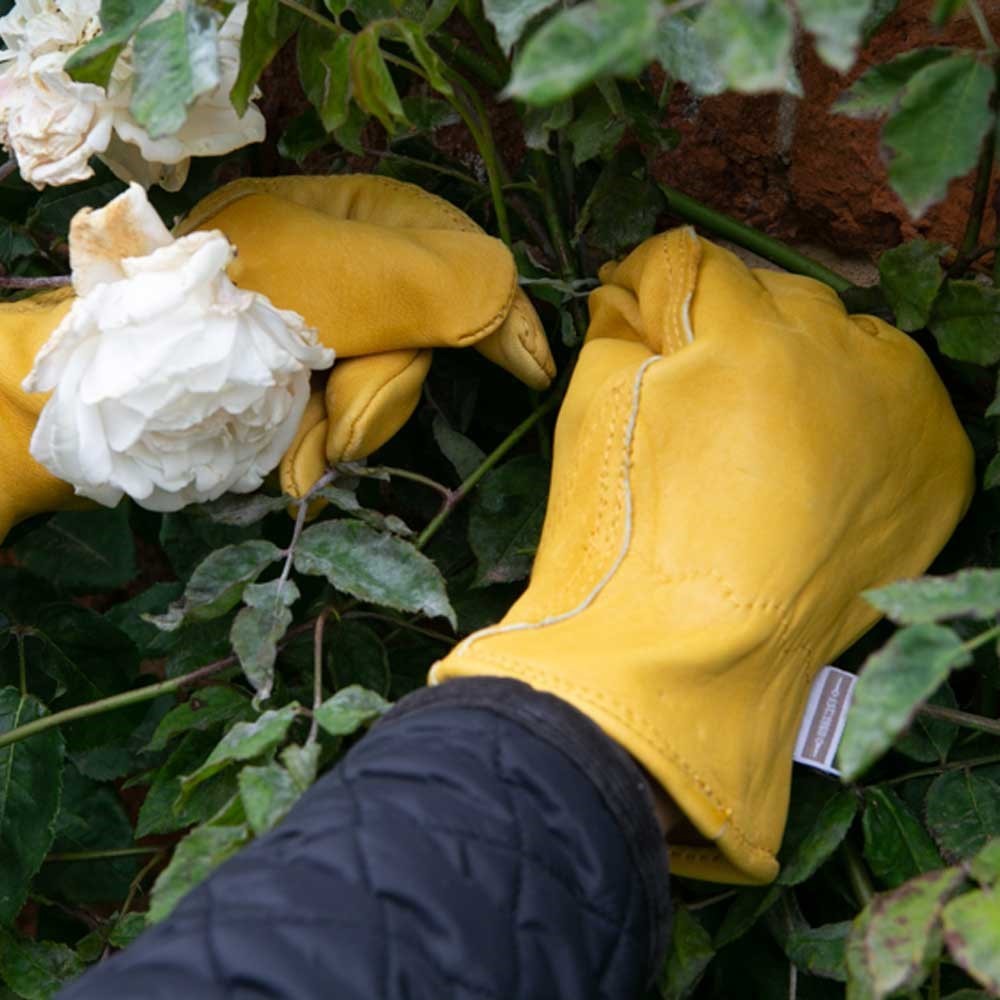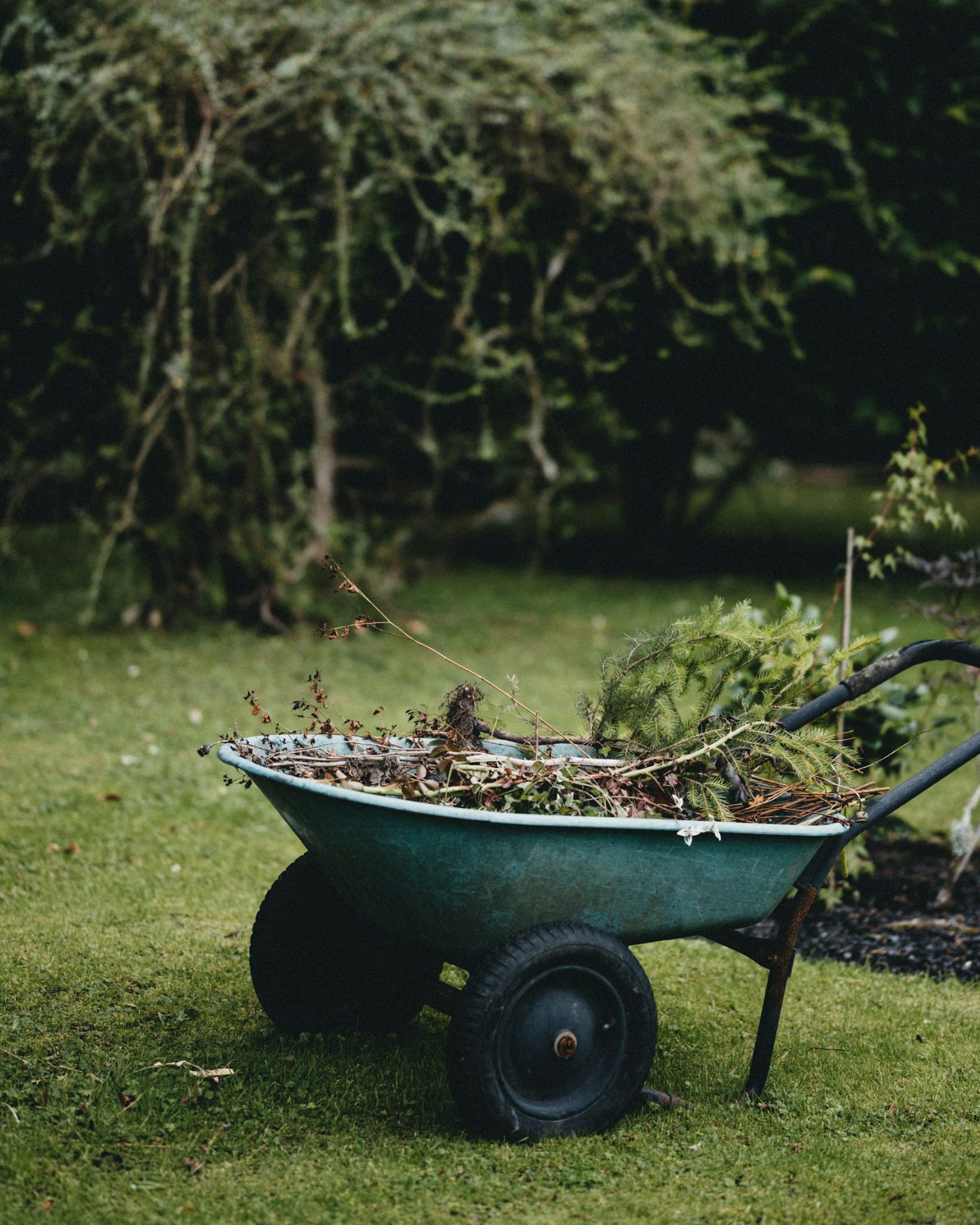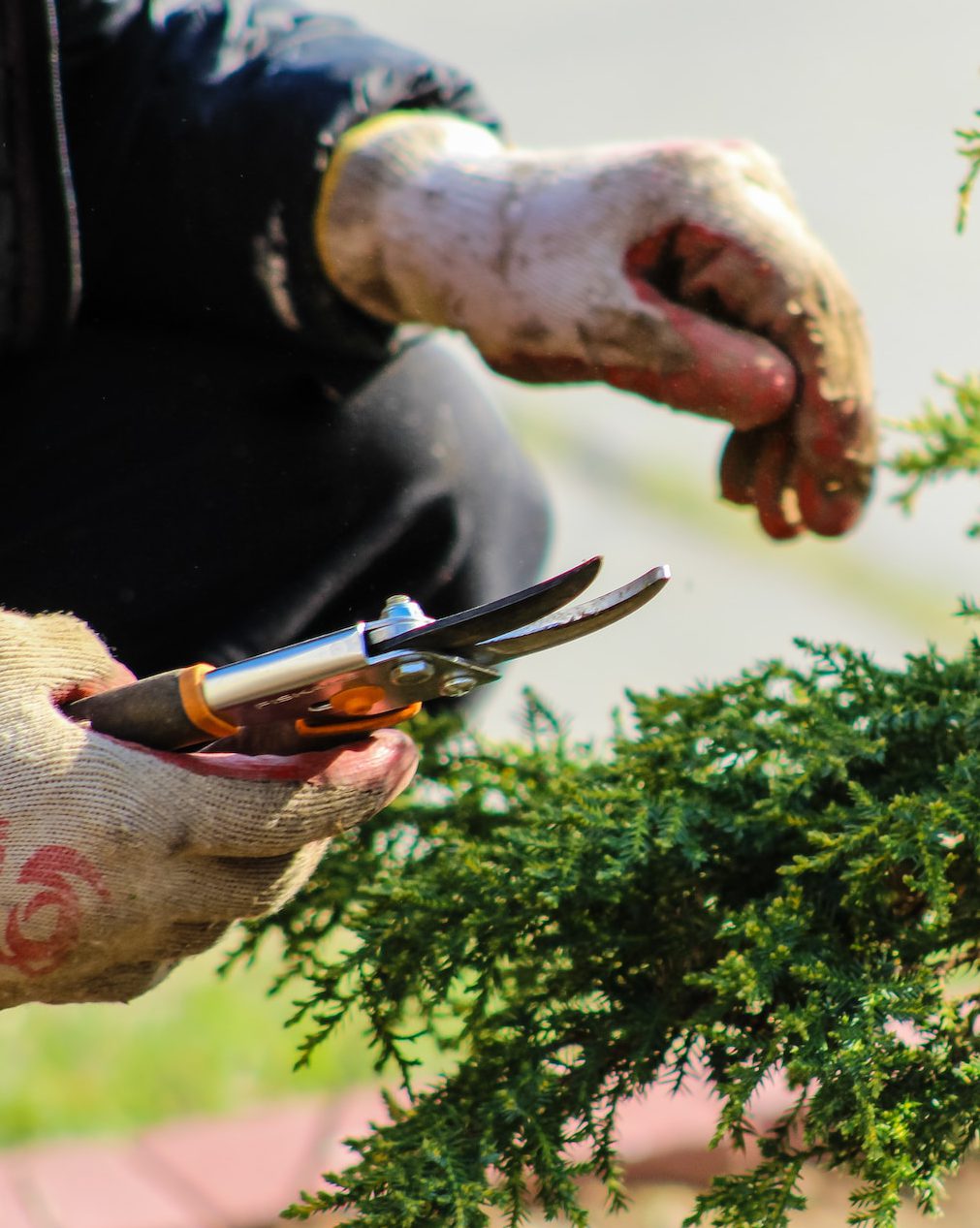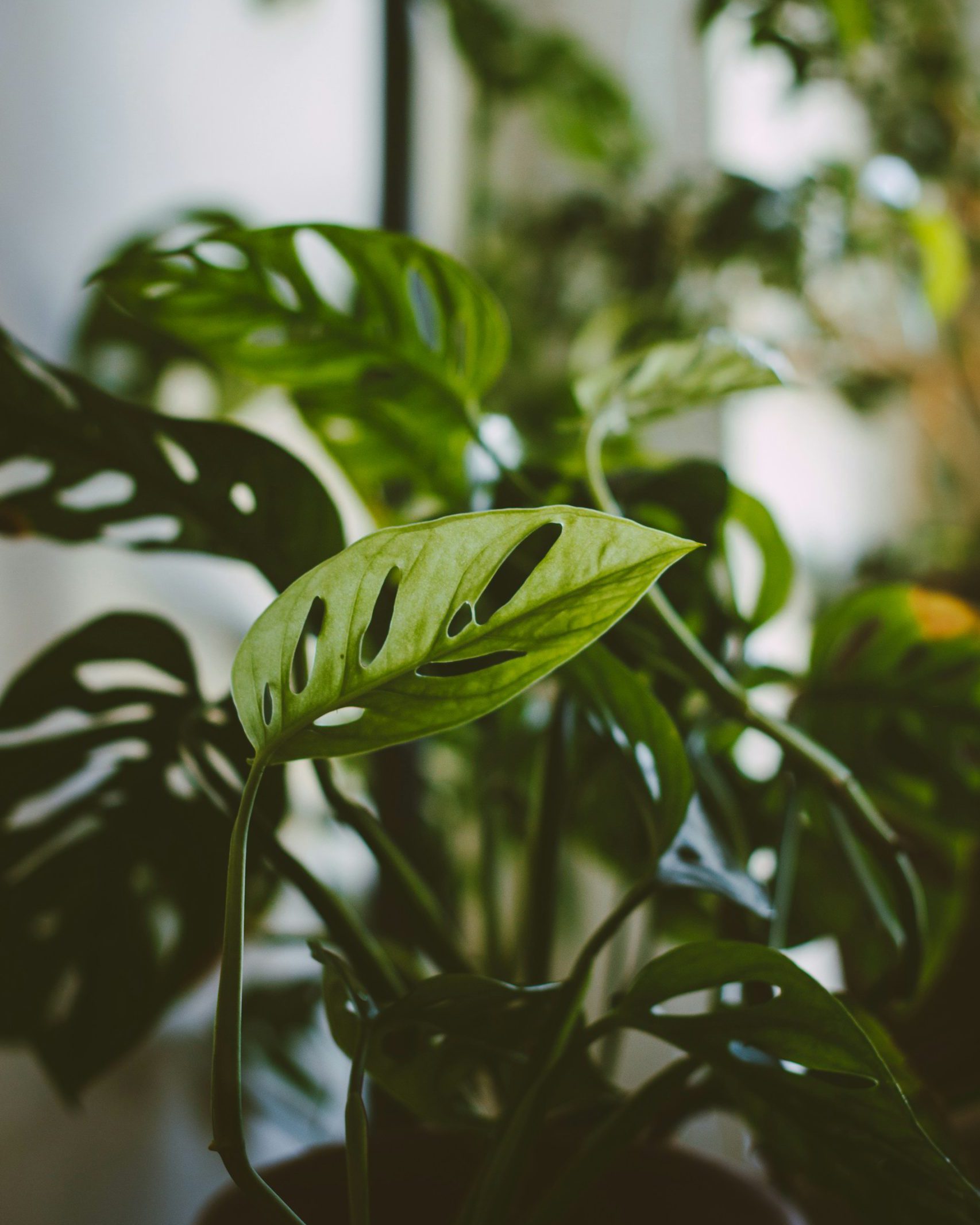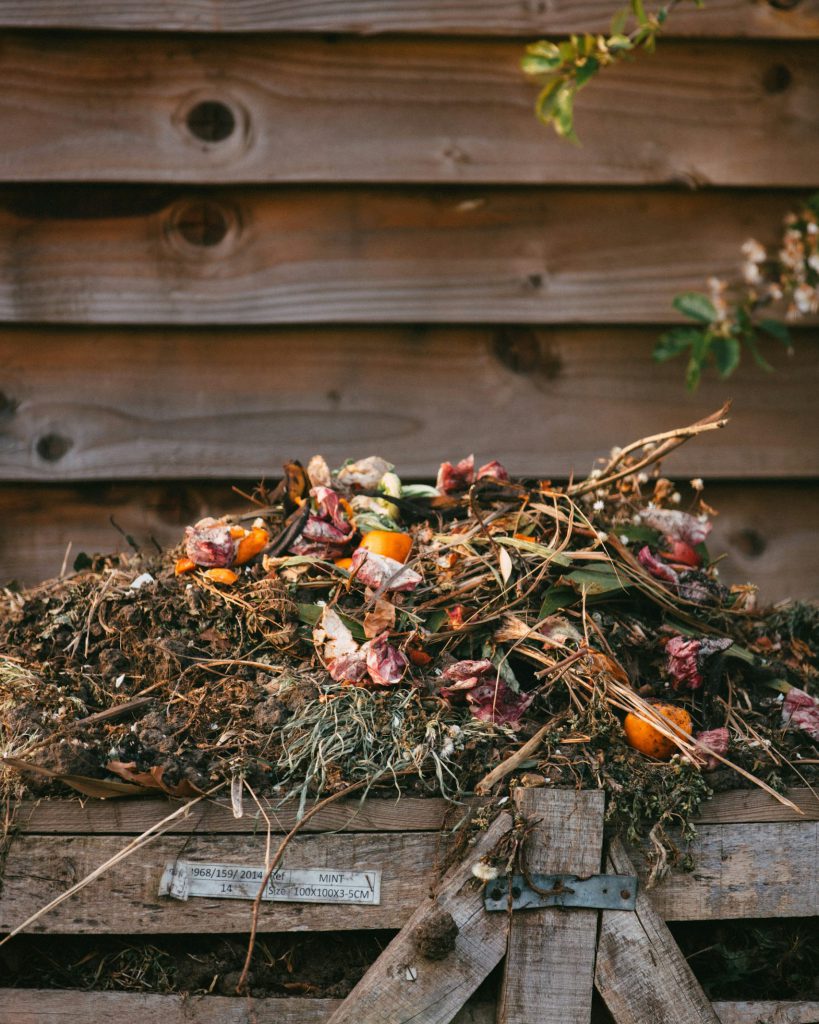
Eleanor Clarke
GARDENING
February is a Great Time to Start Making Your Own Compost
Good soil is one of the fundamentals of happy, healthy plants. Right up there with sunlight and water. Without it, your plants can sulk and even die.
But what exactly is ‘good’ soil?
It needs to drain well – but not too quickly – and provide your plants with the nutrients they need. Homemade garden compost can do this for free. It’s packed with good bacteria, which enrich your garden soil when you dig it through. It also improves your soil’s ‘friability’, helping heavy London clay to drain more easily and light, sandy soils to hold on to more moisture.
Starting your own compost heap
All you need is a little time and a sunny (ish) spot. You don’t even need a special compost bin really. Four wooden pallets nailed together are a homespun option that works well, although a wooden or plastic bin will keep things more contained.
Container for the kitchen
You can buy compost caddies online. Or repurpose an ice-cream carton or old plastic tupperware. Add to it all your raw kitchen scraps such as peelings, apple cores, egg shells and avocado skins. We also put kitchen paper and torn-up egg cartons in ours. And empty it all regularly into the garden bin.
Add garden prunings
Add garden prunings, (Bear in mind anything really hard and woody will take longer to rot down; cutting it up into small pieces helps), grass cuttings and raked-up autumn leaves. Old, spent compost from pots can also go in – it might not add much in terms of nutrients, but it’s great for improving the structure of heavier soils.
Maintenance
All you need to do then is turn your heap from time to time, splash in a bit of water if it dries out and you should have soft, crumbly, sweet-smelling compost in around 6-12 months.
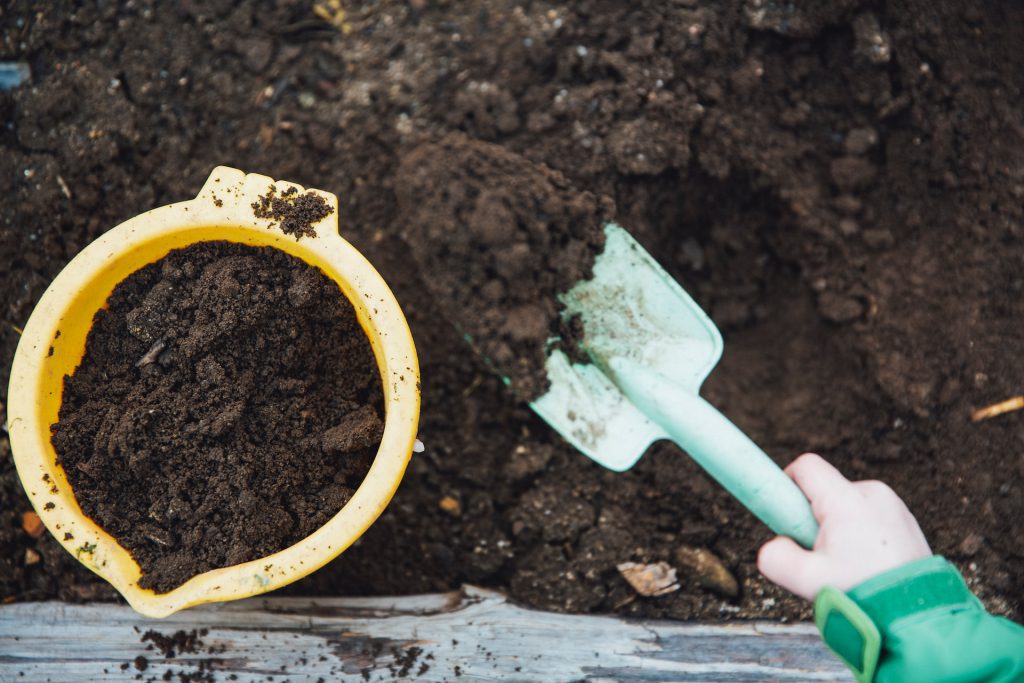
Usage
You can dig this into your soil – a great idea if you’re starting a new vegetable or flowerbed for example. Or take the easy route and use a garden spade to spread a 5cm layer of compost carefully over the surface of the soil, between your plants as a ‘mulch’. It’s best to do this either in early spring or in late autumn, when it will settle in to suppress weeds and gradually get taken down into the soil by worms and bacteria. It really is rocket fuel for plants, and you won’t have spent a penny.
Read more:
INDOOR & OUTDOOR GARDENING
GARDEN DESIGN
INDOOR PLANTS
Shop from this story:
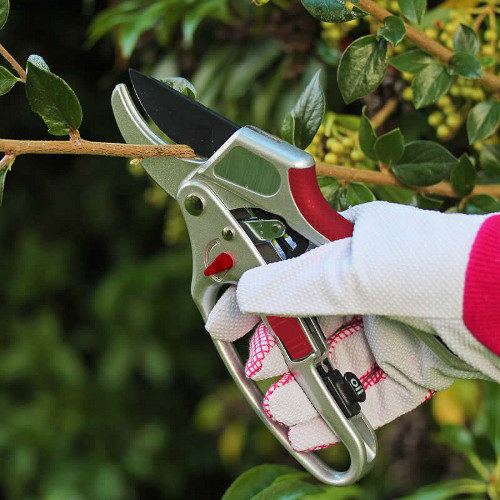
Garden Tools
